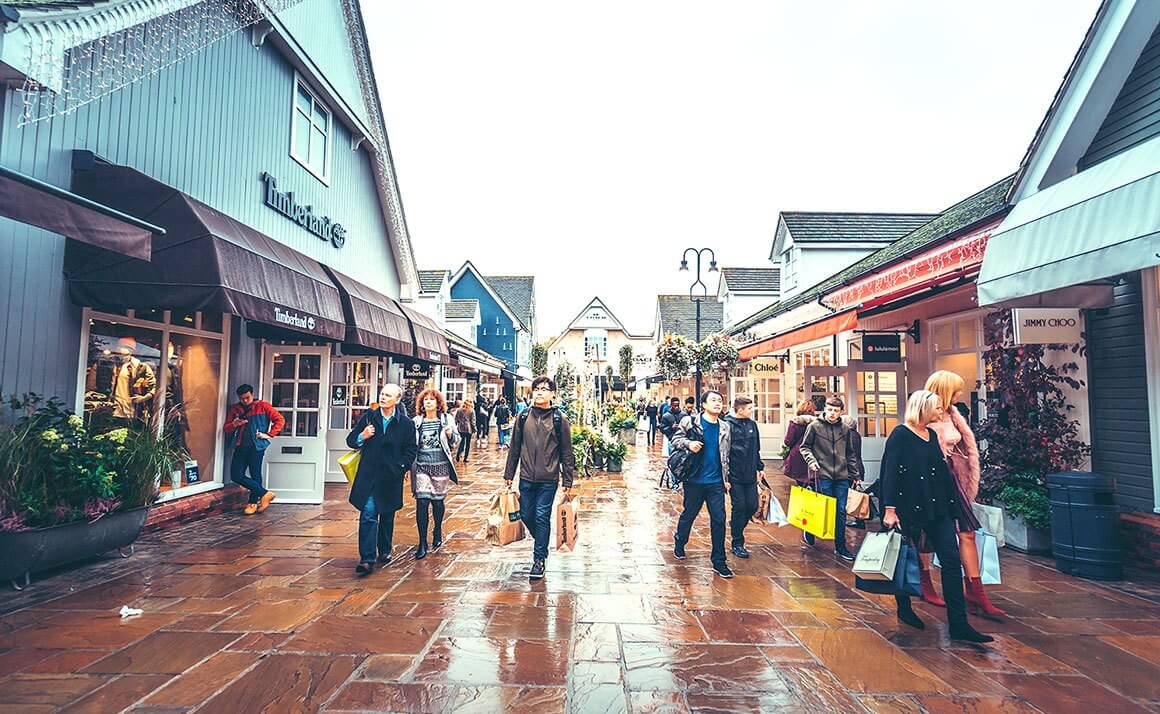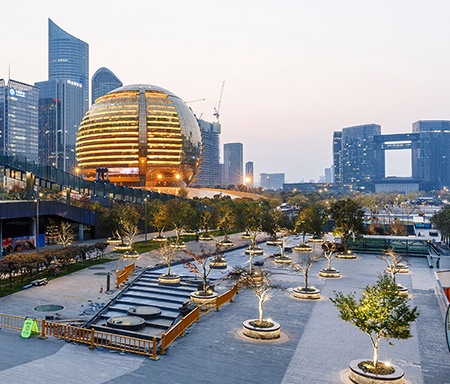
Time for a contrarian view on European retail?
Adverse sentiment towards European retail property could be an opportunity for brave investors who pick the right assets and locations.
The retail sector has taken a hammering due to the growth of online shopping, especially in the UK, where a number of retailers – including major names such as Marks & Spencer, Debenhams and House of Fraser – have announced plans for store closures this year. In June, a report by Cass Business School revealed banks are unwilling to lend to UK retail property in secondary locations.
However some analysts believe the sector is over-sold. Savills Investment Management’s new European retail fund will target retail property segments it believes still have value.
These include:
- Luxury goods, where 90% of shopping is still done in store, compared with 85% overall in Europe
- Value stores, where the goods sold are so cheap it would cost more to post them than to buy them in store
- Convenience stores, not easily replaced by web shopping
- Outlet malls, such as Bicester Village (above), which attract tourists and local bargain hunters
- Retail at transport hubs
- “Experiential” retail, where shopping, leisure and F&B are well-mixed
Kiran Patel, global chief investment officer at Savills IM, says the fund will also favour certain locations: “The locations we see as having strong potential to grow include selected opportunities in second tier cities in the Netherlands, Germany and Denmark. Core retail properties in or close to the big five German cities and those in Stockholm are particularly attractive, as are well-located retail warehouses close to transport links in Spain, Sweden and the UK.”
Meanwhile German fund manager Warburg-HIH Invest recently bought a $100m portfolio of five convenience centres in Germany, which yield 4.5-5%, with 80% of income from food retailing. Warburg-HIH also says Netherlands retail offers “fascinating investment opportunities”.
Eri Mitsostergiou, director, European research, at Savills, says: “Retail assets that offer a broader experience, whether it is outlet centres with a leisure aspect or centres which serve a distinct local community and which offer a range of services such as those related to health and wellness, will be more resilient than other malls. Luxury retailers are looking at locations outside their traditional centres, to places with strong tourist numbers and affluence.
For braver investors, the travails of the UK retail sector could be a bold play. Permitted Development Right legislation introduced in 2014 allows owners of retail property to convert to residential use. Residential prices have been rising in a number of British cities, even while retail values have been falling.
Private equity firms acquired around $3bn of UK secondary retail between 2012 and 2016, but have not achieved their desired sales pricing, according to property website Bisnow. Closer to the end of their funds’ lives, PE firms are likely to be motivated sellers.
Further reading:
Savills European Research
Contact Us:
Simon Smith



